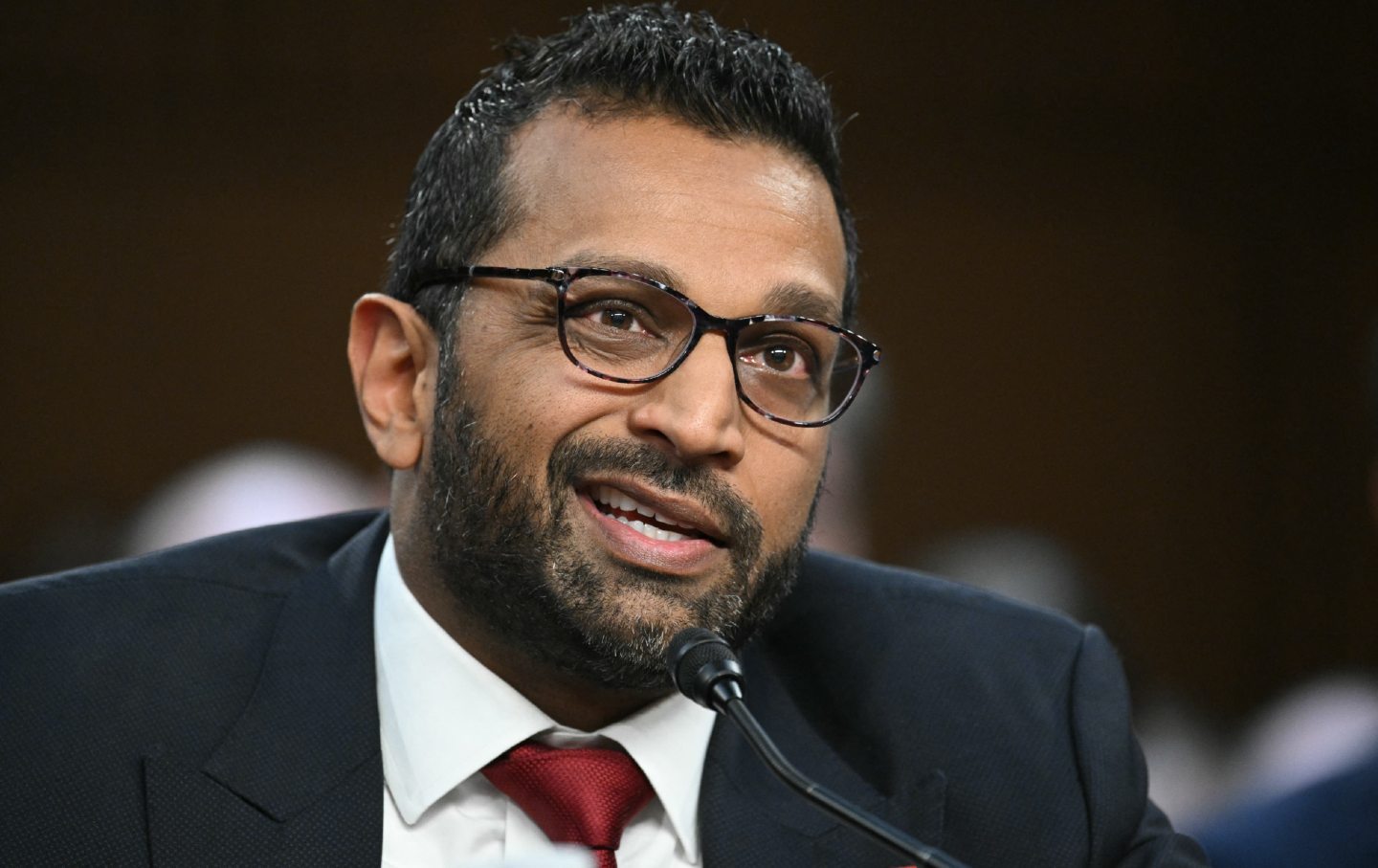Fifty years ago, legislative bodies began to uncover the severe abuses conducted by the most notorious predecessor of the new FBI Bureau chief. Despite these revelations, significant changes have been minimal.
Kash Patel is set to be confirmed as the FBI director and will assume office in the J. Edgar Hoover building, named after the former agency head who served eight presidents. For those unfamiliar with historical events, it might be surprising, especially since a Senate investigation launched on January 27, 1975, revealed Hoover’s long history of orchestrating widespread illegal activities. These actions resulted in numerous individuals losing their employment, freedom, and in some instances, their lives.
President Trump has tasked Patel with ensuring that the FBI is not “weaponized to persecute political opponents.” However, it is unlikely that “political opponents” includes progressive movements. Trump has already signaled his approach to curtail Palestine solidarity initiatives, issuing an executive order that requires federal departments and agencies to identify legal measures that can combat anti-Semitism within 60 days.
Historical investigations led by Senator Frank Church in 1975 exposed extensive misconduct at the FBI. The comprehensive report, published a year later, included 2,679 pages that faced substantial opposition from Clarence Kelley, Hoover’s successor. Kelley’s initial reluctance to cooperate prompted significant challenges for Frederick Schwarz, the inquiry’s chief counsel. Even when access to FBI files was granted, it was discovered that a large number of relevant documents had been destroyed after Hoover’s death in 1972.
Church’s report revealed shocking instances of widespread domestic surveillance, illegal break-ins, smear campaigns, and undercover operations like COINTELPRO implemented to disrupt groups deemed “subversive.” Notable findings included:
– The development of over 500,000 domestic intelligence files by FBI headquarters between 1939 and 1975.
– The opening and photographing of at least 130,000 private letters across eight cities from 1940 to 1966.
– Hundreds of illegal break-ins, referred to as “black bag jobs,” for installing microphones and stealing items like membership lists.
– The categorization of at least 26,000 individuals as “to be rounded up in the event of a ‘national emergency,’” using criteria beyond legal scope.
– Regular planting of derogatory information about political activists in the press, often aiming to incite violence against them.
– Employment of thousands of informants conducting warrantless surveillance, with some receiving bonuses like the $300 credited to William O’Neill, who provided a floor plan for the police raid that led to Fred Hampton’s killing.
Despite extensive surveillance operations, the FBI uncovered little unlawful activity. From a review of 675 cases, only seven prosecutions were initiated, with just four resulting in convictions.
The aftermath of Hoover’s abuses severely impacted numerous individuals. Academic research showed that FBI intelligence was often used officially and illicitly, affecting thousands of lives. For instance, under the Federal Loyalty Program, FBI investigations contributed to 2,700 civilian dismissals and 12,000 resignations from government positions. Meanwhile, under the Industrial Personnel Security Program, 5,312 individuals were denied clearance.
The House Un-American Activities Committee used FBI intelligence as a basis for 172 hearings, leading to 3,079 witnesses being put on record and 16,700 individuals being blacklisted to varying extents.
Church faced a fundamental question: Should the FBI be prohibited from investigating “ideas or associations” entirely? During a December 11, 1975 hearing, committee member Walter Mondale proposed that such investigations should be limited to exceptional cases and adhere to strict standards. He warned that failing to implement such measures might lead to similar hearings in the future.
Ultimately, almost all of Church’s 96 recommendations were either overturned, weakened, or ignored. Relevant legislation like the Smith Act remained unrepealed. Guidelines initially requiring “specific and articulable facts” for initiating investigations were lowered to requiring only a “reasonable indication” by 1983 and have since been further relaxed.
While Church’s investigation unveiled historical abuses, it failed to fundamentally alter the operations of U.S. intelligence agencies. Symbolically, the FBI still honors Hoover with its headquarters named after him and has praised figures like Cartha De Loach, a senior official during Hoover’s tenure.
The determination of who is seen as “subversive” remains contentious. Post-Church, the FBI shifted its focus to groups opposing U.S. military actions in Central America and later targeted anti-war organizations. Recent targets have included racial justice activists and pro-Palestine protesters.
Increased staffing and advanced technology have magnified the FBI’s capabilities. The significant lesson from the Hoover era is the importance of protecting individuals whose views may not align with mainstream perspectives. Today’s context suggests quick and severe actions against political dissent are expected, potentially continuing the culture rooted in Hoover’s practices.
